Knowing the Change: The Key to Managing Your Sea of Content
As a client, I have often felt lost, confused and even frustrated when I could see there was the genesis of a good idea being presented to me, but I couldn’t see how I could take these slides and present them to my team or how I could explain exactly what was presented further up into the company for buy-in or sign-off. One thing I can be certain of is that if someone is confused by what they have seen, they are sure as hell not going to try to explain it to their boss.
Blinded by familiarity
As you create a presentation, you become intimately familiar with its content. You see it build. You add the sections and marvel over the incredible image you found. To you, it all makes sense, and that was precisely how I felt every time I built my presentations; I knew every slide, I knew what came next, I knew the point I was making, and I even smiled when an image I was super proud of finding came on screen. I was a presentation genius. Or so I thought.
The early indicators were the random audience questions about points I thought I had landed. Didn’t you see slide seven with the cat and the baby (great image) under the heading ‘We care’? Or the animation on slide 53 that clearly answered that question? Then the requests would come in for follow-up information, or for us to send over a revised section with particular information that was clear (I thought) in the presentation.
Or – worse – there were no questions at all, just silence.
The fire hose
When I became the client on the receiving end of many more presentations, it became clear what this was all about. I had confused my audiences with too much content that wasn’t structured to keep them following along, and to compound things, this made it harder for them to find what they needed after the presentation.
As a client, you see most (or all) of this information for the first time, and you don’t know what is coming next or how things connect if it isn’t made clear. As more and more content comes at you, it becomes even harder to stay on top of all this new information and make sense of it. It can feel like you are drinking from a fire hose of content. This can be particularly challenging if this is an area you don’t know well or spend much time on, and it isn’t as familiar to you as it is to the presenter; now, you are drowning.
Inevitably, when there is more content than time allows, the presenter speeds up their delivery in a valiant attempt to deliver 90 slides in under 60 minutes, which just makes this situation worse.
The harder you look, the more lost you get.
Know the change: how you move the audience from A to B.
The challenge of managing content and filtering this all starts when you are not clear on the change you see as possible. This is a simple ‘from–to’ that defines the beginning and end of your story in which all of your content fits; that is, all of the content relevant in getting from the problem to your conclusive resolution.
Without this, you have little basis for making an argument for leaving things out. As a result, almost everything can end up going in. That will never end well. In my experience, the more you cram into one presentation, the harder it becomes to sustain a flow and connection, the less it cuts through, and the more likely you will confuse your audience and lose them in the avalanche of slides.
It all starts with a problem that you can solve.
Before starting the slide game, get clear on the problem your presentation aims to solve. This is the starting point or Point A. Then write a short and simple paragraph describing what happens to that problem by the end of your presentation. This forms the basis of the conclusive resolution to your story and is Point B. You now have the change that you see as being possible.
Now, you can filter your content and remove anything that doesn’t contribute to moving the audience from Point A to Point B. Then, structure how you navigate through your story so that it is logical and easy to follow from problem to resolution.
This is the quickest hack for wresting an overwhelming amount of content into a flowing story; we will expand on this story structure in the coming posts. Stay tuned.
If you haven’t already, subscribe to this newsletter to get my Strategic Storytelling insights as soon as they are published. To learn more about The Power of Strategic Storytelling keynote, masterclasses and training options, and, of course, my book full of tools on this topic, just contact me.

